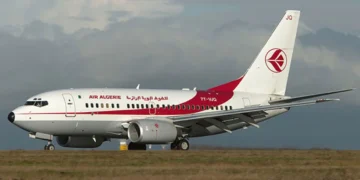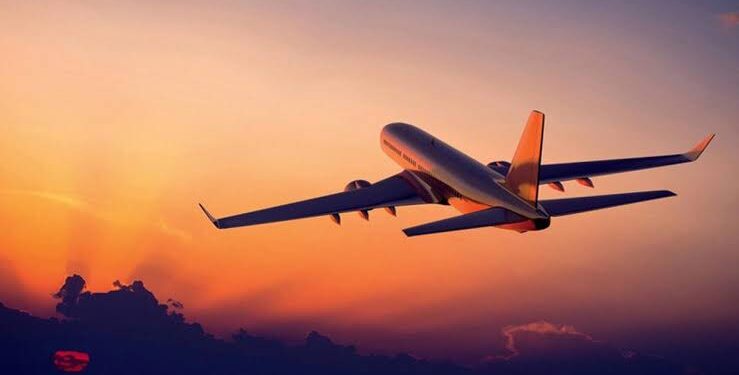By John Ikani
The International Air Transport Association (IATA) recently released its 2022 Safety Report for global aviation, revealing a decrease in the number of fatal accidents when compared to the previous year and the five-year average from 2018-2022.
In 2022, there were five fatal accidents resulting in the loss of passengers and crew, which is a decrease from the seven in 2021 and matches the average of the five-year period.
The report also highlighted improvements in the fatal accident rate, which reduced to 0.16 per million sectors in 2022 from 0.27 in 2021 and was better than the average rate of 0.20.
The accident rate, on the other hand, decreased to 1.21 per million sectors in 2022 compared to 1.26 in the five-year period, but increased compared to 1.13 per million sectors in 2021.
The fatality risk also improved, declining to 0.11 from 0.23 in 2021 and the five-year average of 0.13.
Willie Walsh, the Director General of IATA, expressed that aviation accidents are rare in present times. Out of 32.2 million flights in 2022, only five fatal accidents occurred.
He stated that even though flying is incredibly safe, it is not completely risk-free.
Hence, careful analysis of the current trends is crucial in making flying even safer.
He further added that the report reveals a need for special efforts on turboprop operations in Africa and Latin America to ensure aviation’s highest priority, safety.
While the number of fatal accidents reduced, the number of fatalities increased from 121 in 2021 to 158 in 2022.
Most fatalities occurred in a single aircraft accident in China, where 132 people lost their lives.
The airline involved was not an IATA member, but it is on the IATA Operational Safety Audit (IOSA) registry.
In contrast, the next largest loss of life occurred in Tanzania in an accident to an IATA member, which resulted in 19 fatalities. Membership in IOSA is a requirement for IATA membership.
IOSA is the global standard for operational safety audits and has a significant impact on airlines’ safety record.
The aggregate safety record of carriers on the IOSA registry is four times better than non-IOSA carriers, and IOSA continues to make a difference.
To mark its 20th anniversary, IOSA is transitioning to a risk-based model to focus on pertinent safety risks while maintaining a baseline of safety.
Furthermore, IATA Standard Safety Assessment (ISSA) for operators of smaller aircraft will contribute to raising the safety bar higher across the entire aviation ecosystem.




































